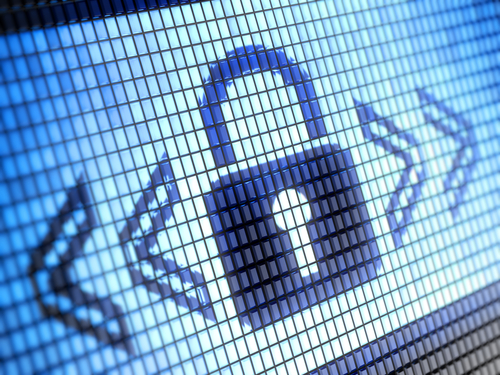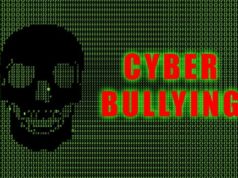
Bullying and Cyber-Bullying Defined
Bullying in the most traditional sense, as well as in accordance with its ‘online’-based’ counterpart, Cyber-Bullying, is defined as the purposeful targeting of an individual or individuals in order to abuse, harass, insult, or demean the victim of this act. Cyber-Bullying undertakes similar facets considered to be latent within traditional bullying.
However, in lieu of interpersonal contact undertaken in a direct fashion, Cyber-Bullying typically involves the use of virtual, electronic, digital, and online utilities primarily facilitated through the usage of the Internet. This can include ‘chats’, E-mail correspondence, and social networking websites.
The Severity of the Effects of Bullying and Cyber-Bullying
With both facts and statistics released with regard to the Effects of Bullying and Cyber-Bullying, the primary victims of these acts are named as children between the ages of 11 and 13 years. As a result of the young age of these victims not yet classified as legal adults, the Effects of Bullying and Cyber-Bullying are considered to manifest themselves in both severe and damaging means.
Due to the fact that children may commonly undergo their respective development within the ages that correspond to the primary ages of victims of bullying and Cyber-Bullying, the effects of Bullying and Cyber-Bullying on child victims are considered to serve as heightened risk with regard to both the onset, as well as the development, of emotional, psychological, and physical disease. In certain cases, the effects of bullying and cyber-bullying have resulted in critical self-injury and suicide.
Physical Effects of Bullying and Cyber-Bullying
The following effects of Bullying and Cyber-Bullying are amongst the most common to manifest on a physical level:
Physical bruising, or any additional forms of identifiable physical harm, are amongst the most common effects of Bullying and Cyber-Bullying. Although Cyber-Bullying is primarily undertaken through the use of a computer, in many cases there exists a correlation between physical bullying and subsequent Cyber-Bullying taking place at the end of the school day.
The child adamantly avoids the computer with regard to both its usage, as well as the engagement in discussion involving the computer.
The child appears to be nervous, angry, agitated, or frightened. These effects of Bullying and Cyber-Bullying may manifest themselves in a child refusing to go to school or a noticeable loss of interest in social activities or hobbies.
Emotional Effects of Bullying and Cyber-Bullying
In contrast to the physical effects of Bullying and Cyber-Bullying, which are the most easily identifiable, the emotional effects of Bullying and Cyber-Bullying may range in difficulty with regard to their respective identification.
The following effects of Bullying and Cyber-Bullying are amongst the most common to manifest on both emotional and psychological levels. In the event that you or someone else notices the following behaviors exuded by a child, supplementary investigation of potential bullying may prove helpful:
The child adamantly avoids the computer with regard to both its usage, as well as the engagement in discussion involving the computer.
Acts of self-mutilation and self-injury are considered to be both emotional, as well as physical, effects of Bullying and Cyber-Bullying. Due to the anguish and hurt experienced by a child victim of bullying, the child may choose to undergo self-mutilation as means to not only relieve stress and rage, but also enact feelings of self-loathing and self-punishment.
Reporting Cyber-Bullying and Additional Effects of Bullying
Individuals who have been the victims of Cyber-Bullying, as well as those who have been made aware of Cyber-Bullying experienced by friends or loved ones, are encouraged to contact the National Crime Prevention Council through their telephone number: (202) 466-6272. In addition, school officials, law enforcement, and community leaders can be contacted for assistance.































